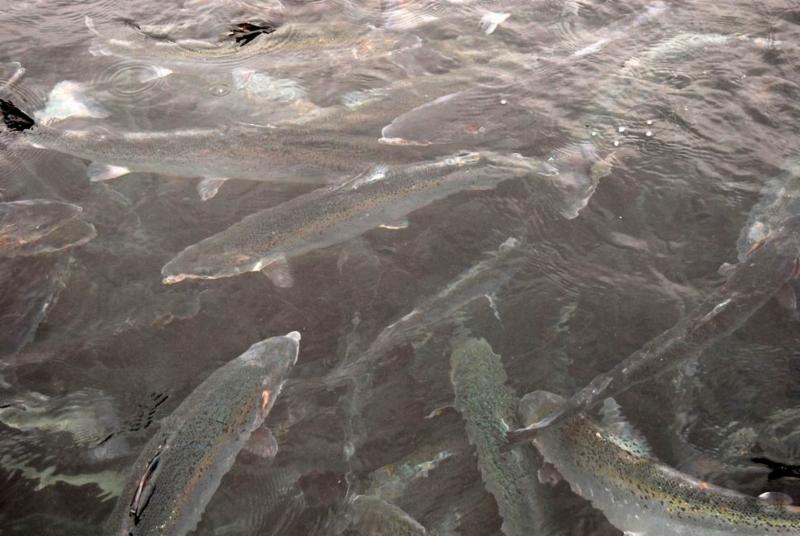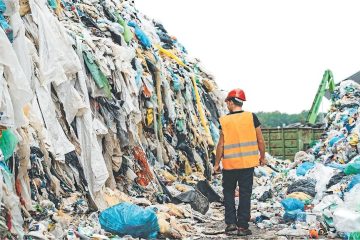European Court judgment to have major implications for Shannon LNG and beyond

9 September 2020
A ruling from the Court of Justice of the EU (CJEU) today is set to have major implications for the proposed Shannon LNG terminal and other projects across the bloc.
The judgment found that extending the expired permission for the controversial project requires a new permit for purpose under the Habitats Directive, and it is for the “competent authority” to decide if Appropriate Assessment is needed.
The permitting process for the extension can take into account previous environmental assessments, but must also account for changes in relevant data, changes to the project itself and the existence of other plans or projects.
The planning permission for the terminal lapsed in 2018, but a five-year extension was granted without conducting new assessments.
The extension, according to An Bord Pleanala, was granted to allow a reasonable period for its completion.
The ruling is a major win for Friends of the Irish Environment (FIE) who brought the original challenge, as this is in line with the argument they presented.
The judgment has far-reaching implications according to FIE for not only Ireland, but for “major projects across Europe which will ensure greater protection for the environment”.
The case will now go back to the Irish High Court for a final decision on the legal challenge to the terminal where it was first brought by Friends of the Irish Environment (FIE) in February 2019.
History of the challenge
The case had been referred to the CJEU by Justice Garret Simons following the first legal challenge to seek clarification on EU law.
Once the EU Court heard the arguments from the respective parties, it issued an Advocate General’s Opinion, which is generally subsequently confirmed by the full Court.
The Advocate General Opinion was issued on the first challenge to the extension of the €500m terminal’s planning permission in April of this year and advised that the Irish State had failed to remove “all reasonable scientific doubt as to the effects of the proposed works on the site concerned”.
The State, according to the Advocate General, was required to now “close any gaps” before extending the permission.
In its challenge, FIE alleged that both Ireland and the EU failed to conduct independent sustainability, climate and cost-benefit analysis of the terminal before putting it forward for the fourth Project of Common Interest (PCI) list as is required under EU law.
If on such a list, a project’s planning and permitting process is streamlined. List-approved projects are also able to avail of a multi-billion euro funding pot, despite the EU’s commitment to the phase out of fossil fuel subsidies.
Failing to do the necessary assessment and consultations, putting Shannon LNG forward for the inclusion on the list was a breach of “citizens’ natural and constitutional rights” according to Tony Lowes, a director of FIE.

The problem with LNG
The terminal’s critics have long argued that the then-government was well aware that the site would use imported US gas acquired through fracking, a practice that is currently banned in Ireland due to environmental and health concerns.
Fracking involves the injection of sand, pressurised water and various chemicals into shale rock in order to force gas out. Numerous studies have linked fracking to health issues, earth tremors and large carbon and methane emissions.
Gas has been referred to by the previous government as a transition fuel, however a 2019 report referred to its production and use as a “bridge to climate disaster”.
Methane leakage occurs throughout the fuel’s supply chain, and it is estimated that its warming effect is 84 to 87 times greater than that of carbon dioxide over a 20 year period.
The Government has said it will withdraw the terminal from the PCI list in 2021 and has said that the development of such terminals does not “make sense” as the country “moves toward carbon neutrality”.
[x_author title=”About the Author”]







